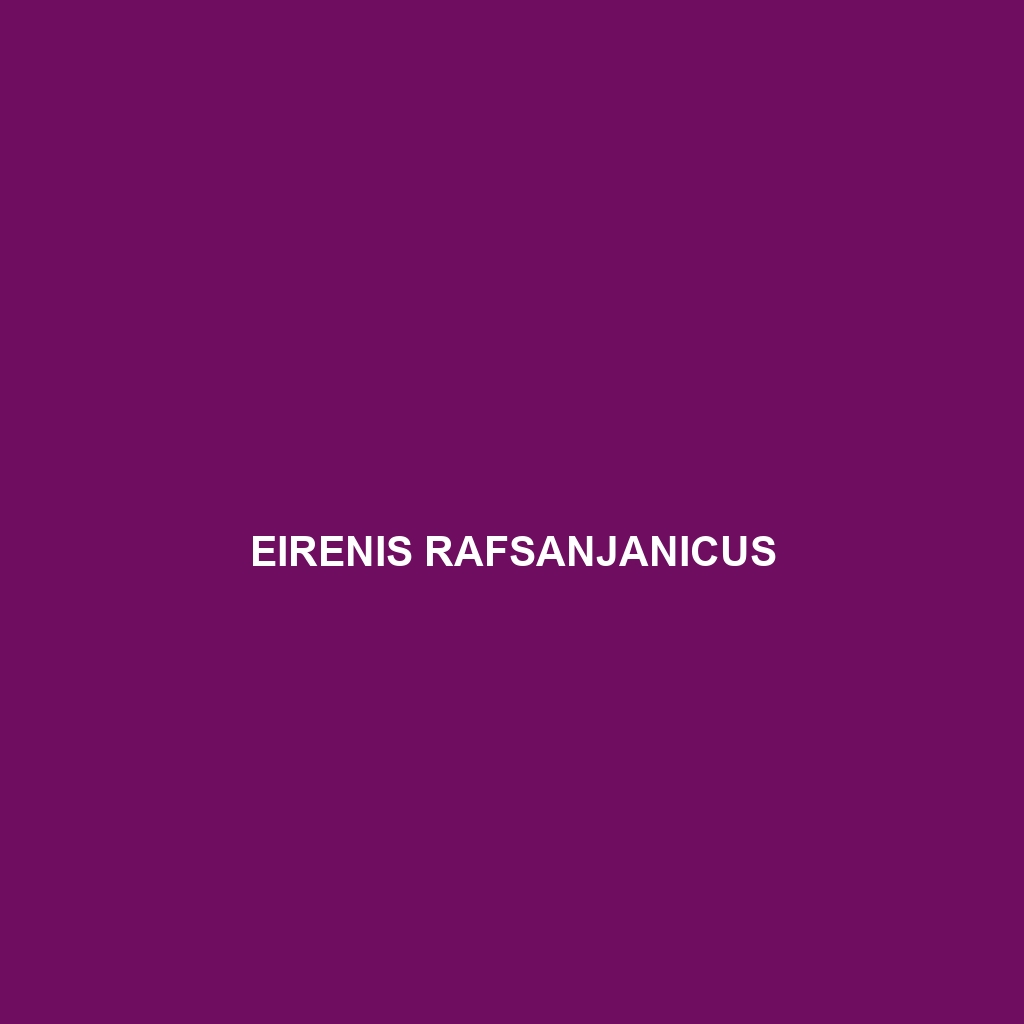<b>Pristurus schneideri</b> is a slender, nocturnal lizard native to the Arabian Peninsula, known for its distinct light brown to gray coloration with darker spots, and its ability to thrive in rocky, arid habitats. This insectivorous species plays a vital role in controlling insect populations and exhibits fascinating mating behaviors during the breeding season.
Tag: rocky terrain wildlife
Pristurus schneideri
<b>Pristurus schneideri</b> is a slender, nocturnal lizard native to the Arabian Peninsula, known for its distinct light brown to gray coloration with darker spots, and its ability to thrive in rocky, arid habitats. This insectivorous species plays a vital role in controlling insect populations and exhibits fascinating mating behaviors during the breeding season.
Liolaemus tenuis
The Liolaemus tenuis (slender leafy lizard) is a slender, diurnal reptile found in the temperate forests and rocky terrains of southern South America, known for its adaptability and striking color variations. Primarily insectivorous, this species plays a vital role in its ecosystem by helping control insect populations while serving as prey for larger animals.
Eirenis rafsanjanicus
Experience the fascinating Eirenis rafsanjanicus, commonly known as the Rafsanjan snake, a slender, nocturnal insectivore native to the arid regions of the Middle East. Known for its excellent camouflage and unique concertina movement, this resilient species plays a vital role in controlling insect populations and maintaining ecological balance.
Darevskia kamii
Darevskia kamii, a medium-sized lizard native to the Caucasus, known for its slender body, vibrant coloration, and distinctive pale side stripe. This diurnal species thrives in rocky mountain habitats, feeding on small insects and playing a vital role in maintaining ecological balance.
Cyrtodactylus tibetanus
Cyrtodactylus tibetanus, a vulnerable gecko species native to the mountainous regions of Southeast Asia, particularly the Tibetan Plateau and Myanmar. Characterized by its robust body, subtle brown and beige coloration, and nocturnal behavior, it plays a crucial role in controlling insect populations within its ecosystem.





